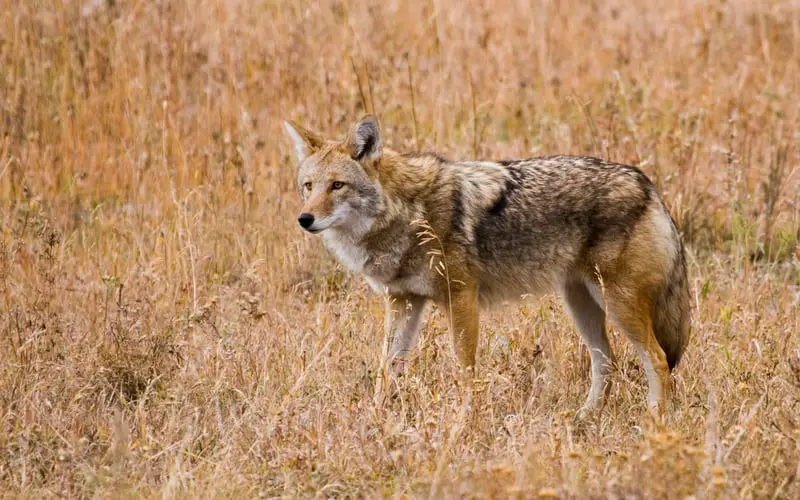Coyotes are members of the Canidae family and share many the same characteristics and mannerisms possessed by their relations: dogs, wolves, jackals, and foxes. This article brings to light the coyote’s physical attributes and life history. It goes into detail on where the 19 coyote sub-species live.
Coyote Description
The coyote is about 1/3 the size of its cousin, the wolf. They stand approximately 24 inches at the shoulder and weigh from 20–50 pounds. They are 3 1/2 – 4 feet long, including the 1 1/2 feet of tail. These canines have thin, drawn-out snouts, slender bodies, bushy tails, thick fur, and yellow eyes. A coyote’s fur is rough and long and is usually a light brown/gray and rust color interspersed with black and white, with a whitish-grizzled color on its stomach. Their hairy tail is black-tipped. However, there is a substantial local disparity in color and size, with the biggest species living in eastern Canada and the northeastern United States.
Coyotes are exceptionally well-organized predators, and their senses are strong. They are optical hunters in open expanses; they mostly employ hearing and smell to track prey in forests and dense vegetation. Identified by their yips and howls, coyotes are night hunters and vocalize to communicate their whereabouts. They also have a reputation for being cunning. Indeed, they are quite intelligent. Along with acute intelligence, coyotes possess sharp senses of smell, sight, and hearing. All these factors make them efficient hunters.
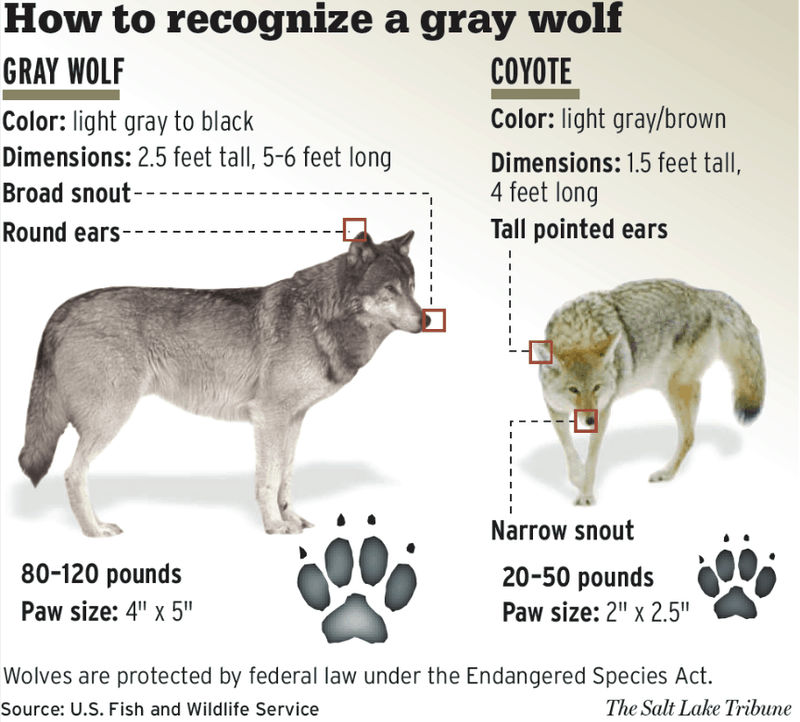
Coyote Habitat
Before the wolves and cougars were nearly exterminated, the coyote was plentiful in grasslands populated by elk, pronghorn, bison, and deer, doing exceptionally well in short-grass areas with prairie dogs. However, in semiarid sagebrush areas and cactus dotted deserts that inhabited rats and rattlesnakes, they were also home. As long as they were not in competition with the wolf, they could range from the Sonoran Desert to adjoining mountains and plains to Canada’s mountainous areas. With the wolf’s extermination, the coyote’s range expanded to encompass broken forests from Guatemala’s tropics and the northern slopes of Alaska.
Diet
The Coyote requires about 1.3 pounds of food daily. They eat lesser game like rabbits, rodents, frogs, fish, and bigger game such as deer. Ninety percent of their diet is mammals. They have the reputation of being just carnivorous. Nevertheless, they are essentially omnivores. — They consume meat plus vegetation. They eat insects, snakes, grass, and fruit whenever they are not snacking on larger prey. Coyotes sometimes kill pets and livestock, though they ordinarily help control agricultural pests, like rodents. In towns, coyotes will scavenge through garbage or steal pet food.
Diverse Coyote Species
The coyote is a prevalent member of the Canidae family. Their range extends from Central America to northern Canada. Owing to this wide-ranging and geographic isolation, there are 19 subspecies of the coyote, classified by home range plus genetic differences.
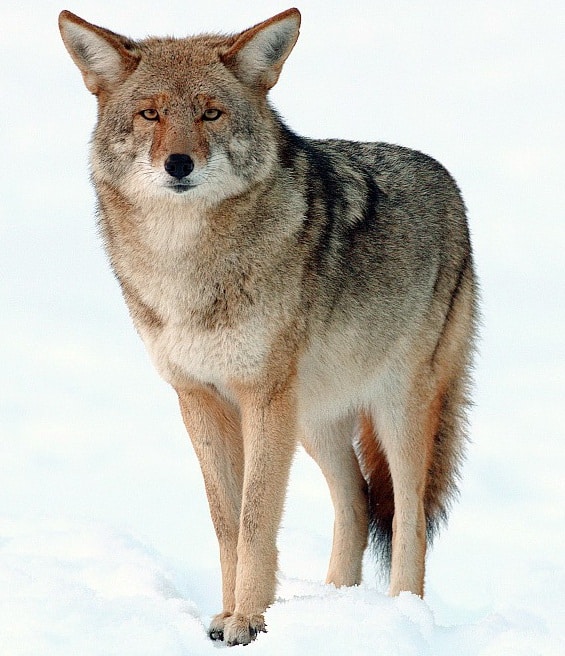
Western Coyotes
There are six coyote subspecies in the western North United States.
- Northern coyote – They are a medium-sized coyote with cinnamon-colored fur. They are range from Alaska to central Canada. The mountain coyote ranges from the Northwestern states like Washington up via Canada plus southern Alaska.
- Northwest Coast coyote – They are a small coyote with dark, rust tinged fur and a smaller head. They are found on the shores of British Columbia, Oregon, and Washington.
- San Pedro Martir Coyote – They are small with reddish fur and a short, broad-head. They range from California down to Mexico’s Baja California Peninsula.
- Peninsula Coyote – It is similar to the California Valley coyote in size and features but has darker, redder fur. The tail’s underside is blacker than that of the California Valley coyote, and the belly has more black-tipped hairs. Their range is in Baja, California.
- California Valley Coyote – They are like the Plains coyote and the Mountain coyote but are smaller, darker, and more brightly colored. They also have larger ears and a smaller skull and teeth. They mainly live in California west of the Sierra Nevada.
- Mountain coyote – They are similar in size and color to the Plains coyote with larger ears and tail. They mainly live in southern British Columbia and southeastern Alberta and also on to the east of the Cascade Range in Washington, Oregon, and northern California. And throughout western Montana, Wyoming, Colorado, north-central Utah, and north-central Nevada.
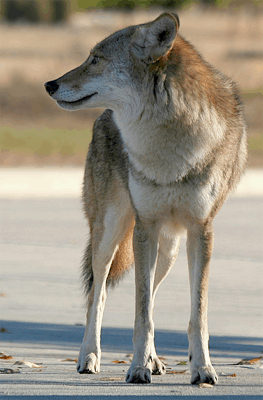
Lower Rio Grande Coyote bytexaseagle@Flickr 
Plains Coyote by Madeleine H. CC BY 2.0 
Texas Plains Coyote bandeliernps@Flickr 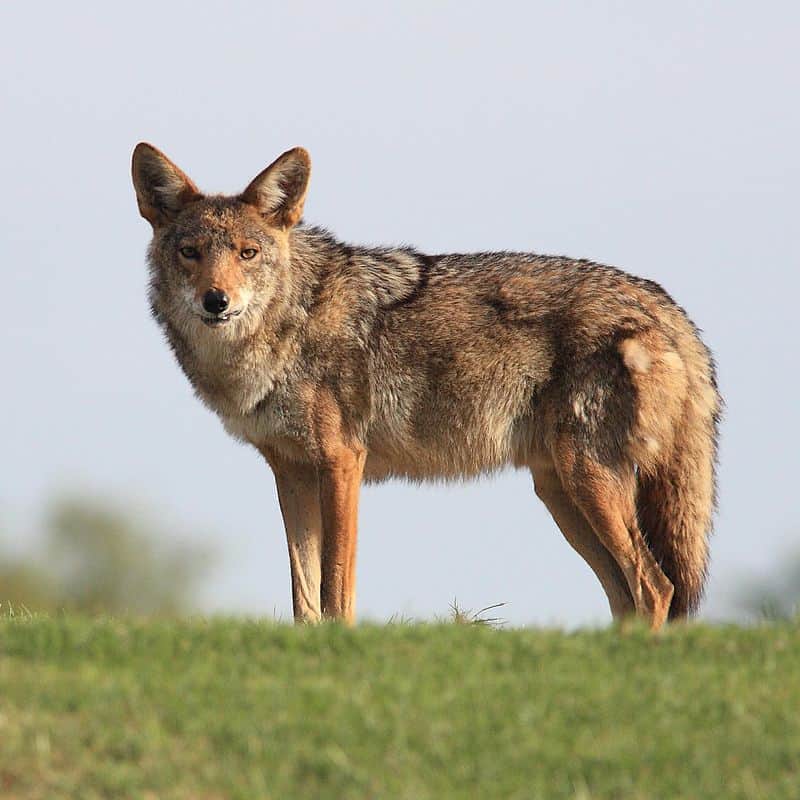
Mearns Coyote by g’pa bill CC BY-SA 2.0
Central U.S. Coyotes
Four subspecies are living in the Central United States.
- Plains coyote – This subspecies, amongst the tiniest, has pale fur. They are found from central Canada down to Oklahoma, Texas, and Colorado.
- Texas plains coyote – They have brownish-yellow fur and ears that are somewhat smaller than the California Valley coyote. They are found in eastern New Mexico and western Texas.
- Mearns coyote – They are a smaller coyote with medium-sized ears. They have a small skull with small teeth. Their fur is richly and brightly colored. They reside in Utah, New Mexico, and Arizona and down to northern Mexico.
- Lower Rio Grande coyote – They are a small coyote with small teeth and dark fur. The top of their hindfeet is whitish, and their belly is spattered with black-tipped hairs. They are found from extreme southern Texas to northern Mexico.
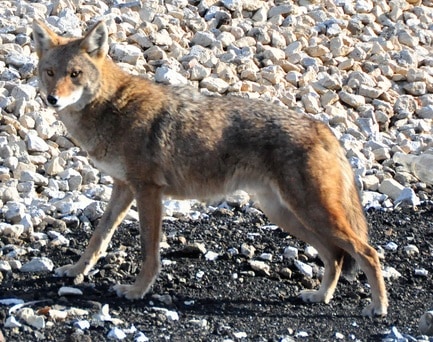
Northeastern Coyote by Ryan StavelyCC BY 2.0 
Southeastern Coyote by qnr@Flickr
Eastern Coyotes
Two subspecies are living in the Eastern United States.
- Northeastern coyote – These coyotes have more prominent teeth than the rest of the subspecies. In Canada, their range is in North-central Saskatchewan, Manitoba, and east to southern Quebec. In the US, they live in eastern North Dakota, Iowa, Minnesota, north of the Missouri River, Wisconsin, Michigan, Illinois, and northern Indiana.
- Southeastern coyotes – They are the biggest, plus they have traces of red on their fur. This subspecies’ complexion and size might point out crossbreeding with red wolves. It lives in southeastern and extreme eastern Kansas, Arkansas, Texas, Oklahoma, and Missouri.
Central American Coyotes
Mexico and Central America are home to seven different subspecies.
- Tiburon coyote – They are lighter than the Mearns coyote with heavier teeth, a large skull, and long ears. It stays only on Tiburon’s islet off Mexico’s west coastline; This coyote is a great swimmer compared to some of it’s relatives.
- Mexican coyote – They are similar to the Peninsula coyote but larger and redder in color. They also have larger teeth, shorter ears, and a broader muzzle. They live in the Mexico states of Oaxaca, San Luis Potosi, Puebla, and Veracruz.
- Durango coyote – They are similar to the Mexican coyote in color but much larger in size. They mainly live in Southern Sonora, extreme southwestern Chihuahua, western Zacatecas, western Durango, and Sinaloa, Mexico.
- Colima coyote – They are similar to the peninsula coyote but darker and more generously colored. It has more black on the forearms and no black on the tail except the tip.
- Honduras coyote – They are a small, rust-colored subspecies. A couple of their identifying features are coarse, thin fur and a broad skull. They primarily live in Honduras.
- El Salvador coyote – They are the same size as the Mountain coyote but has smaller teeth and darker fur. Their range is from El Salvador south to southern Panama.
- Belize coyote – They are the largest of the Mexican coyotes. A short muzzle is one of their defining features. Their range is in Chiapas, Mexico, and western Guatemala.
Coyote Societal Manners
Coyotes are pack creatures. They have a social organization comparable to wolves. Packs comprise a leading female and male (alpha pair) and extended relations (omegas and betas). Naturally, only the alpha pair mates and produces a single litter per year. Coyotes will mate sometime in the window of January through March. Alpha females will bear from four to seven pups after a gestation period of 58–65 days.
Births happen in underground lairs. Coyote dens consist of a hole burrowed by the parent coyotes or taken over from another animal like a badger. Most lairs are on hillsides with some drainage. This prevents the lair from being swamped during a storm.
The pups are born helpless and blind. However, puppies grow and develop rapidly and begin emerging from the burrow to play after two or three weeks. Weaning happens at five to seven weeks. Both parents will care for and feed the pups until they are independent and fully grown. This will happen when they are six to nine months old. Pups typically leave home in the fall. Sometimes at this point, some elder relatives will step up and aid in the raising of younger descendants. Family groups might stay together and create packs in winter.
Coyotes Mate For Life
Coyotes are monogamous and mate for life. Studies reveal that once they get a mate, the coyote couple is in it for the long term. This stays true irrespective of the amount of other prospective mates in the region. If the male coyote dies, the female will leave the region straight away or later on when all pups become independent.
Coyote and Badger Partnership
Coyotes and badgers will sometimes form temporary pacts to hunt ground-dwelling animals. Coyotes have sharper eyesight for spotting prey, while the badger has a keener sense of smell and can sniff out prey underground. For example, the coyote chases around a prairie dog, and it dashes down a hole. The badger will dig down near the entrance and catch it. Another example is the badger is digging for a prairie dog while the coyote is hunting around on top. The frightened prairie dog bursts from the hole to escape, and the coyotes spies it trying to escape and pounces on it.
Do Coyotes Attack People?
Yes, coyotes do occasionally attack people. They are predators, and if they believe they can get away with it, they will act accordingly. The mainstream of cases encompasses younger kids. Most coyote attacks have occurred in the southwestern U.S, particularly southern California, wherein coyotes have existed in the suburbs for a long time. In cosmopolitan Midwestern regions where coyotes are still a somewhat recent marvel, coyote attacks on humans remain extremely rare.
Summary
Coyotes normally have a greatly systematized social system, even inside metropolitan areas. That entails groups or packs of coyotes that guard territories against other coyotes. Whereas in the wild, coyotes might live for a decade. While they might be preyed on by mountain wolves, bears, and lions, most die from disease or auto accidents. In captivity, coyotes might live for 20 years.
Recent Posts
The only venomous snakes in Washington State are Northern Pacific Rattlesnakes. The Northern Pacific Rattlesnake (Crotalus oreganus oreganus) is a sub-species of the Western Rattlesnake. Anyone...
Skunks are not classified as true hibernators. But they go into a state of torpor when the weather gets cold. Skunks are light sleep hibernators, along with opossums, bears, and raccoons. ...

